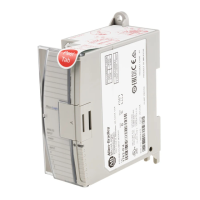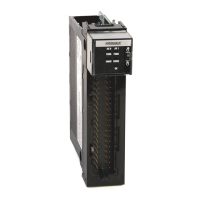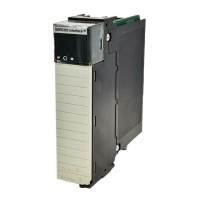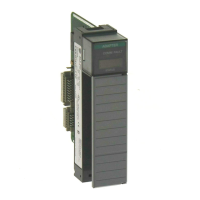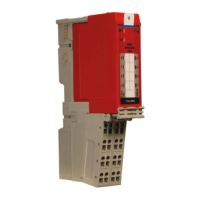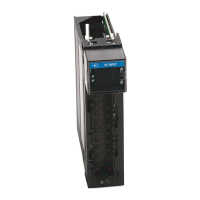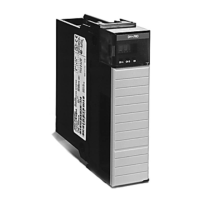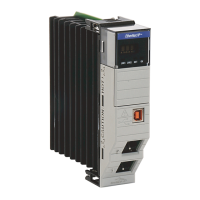1 Publication 1762-RM001C-EN-P
Chapter
19
Process Control Instruction
This chapter describes the MicroLogix 1200 and MicroLogix 1500
Proportional Integral Derivative (PID) instruction. The PID instruction is
an output instruction that controls physical properties such as
temperature, pressure, liquid level, or flow rate using process loops.
The PID Concept
The PID instruction normally controls a closed loop using inputs from an
analog input module and providing an output to an analog output
module. For temperature control, you can convert the analog output to a
time proportioning on/off output for driving a heater or cooling unit. An
example appears on page 19-17.
The PID instruction can be operated in the timed mode or the Selectable
Time Interrupt (STI mode). In the timed mode, the instruction updates its
output periodically at a user-selectable rate. In the STI mode, the
instruction should be placed in an STI interrupt subroutine. It then
updates its output every time the STI subroutine is scanned. The STI time
interval and the PID loop update rate must be the same in order for the
equation to execute properly. See Using the Selectable Timed Interrupt
(STI) Function File on page 18-12 for more information on STI interrupts.
PID closed loop control holds a process variable at a desired set point. A
flow rate/fluid level example is shown below.
The PID equation controls the process by sending an output signal to the
control valve. The greater the error between the setpoint and process
variable input, the greater the output signal. Alternately, the smaller the
error, the smaller the output signal. An additional value (feed forward or
bias) can be added to the control output as an offset. The PID result
(control variable) drives the process variable toward the set point.
∑ ∑
Set Point
Flow Rate
Error
Control Valve
PID
Equation
Process
Variable
Level
Detector
Control
Output
Feed Forward Bias
